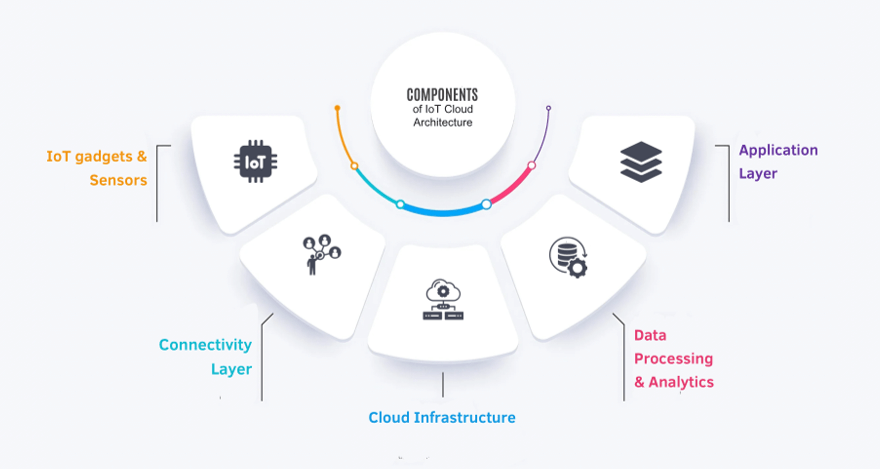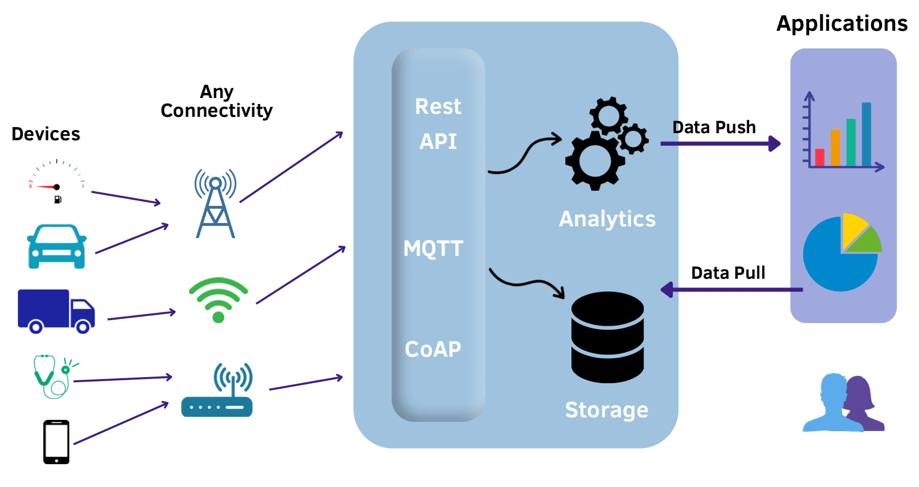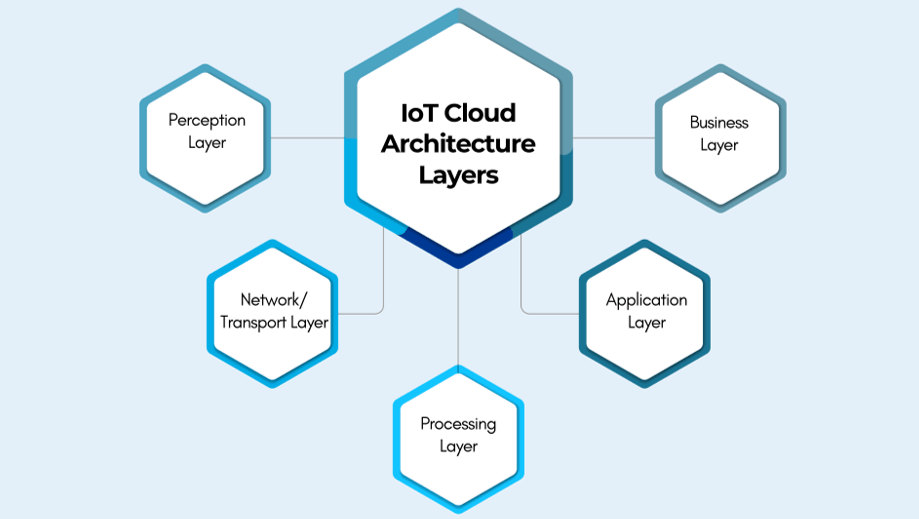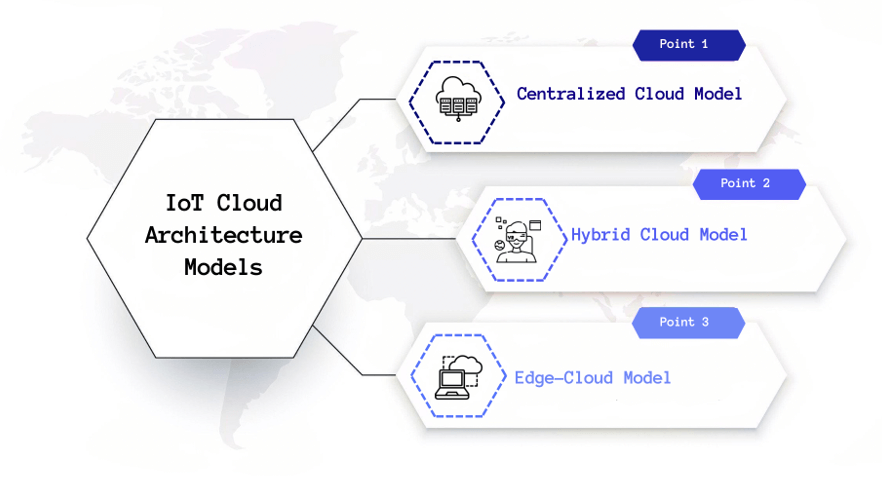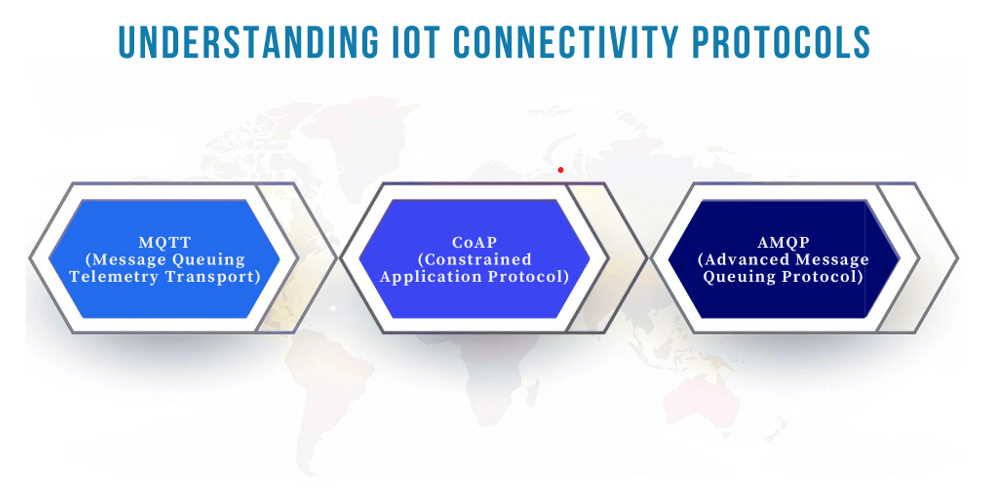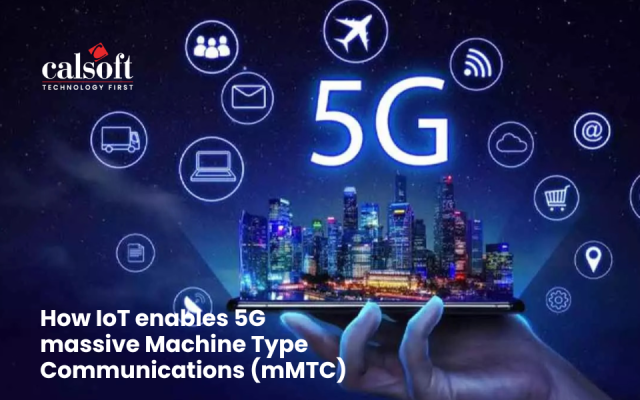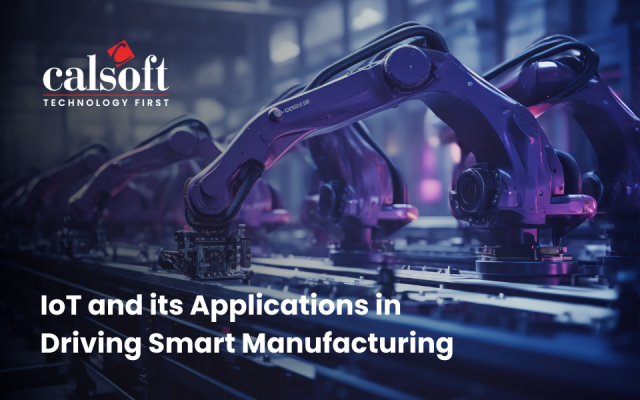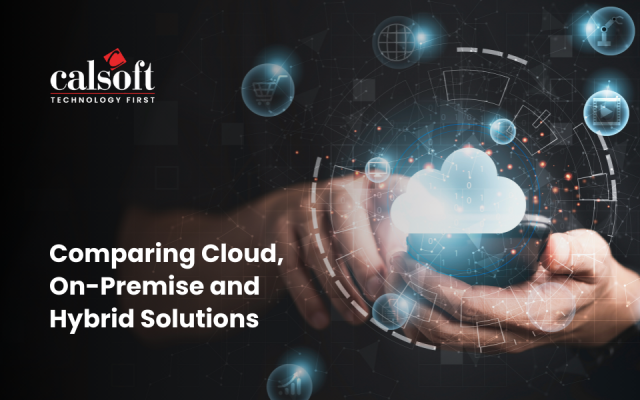IoT and cloud computing are key drivers of business innovation in today’s digital-first landscape. According to Gartner analysts, over 85% of organizations will adopt a cloud-first strategy by 2025, while those lacking cloud-native architectures may struggle to fully implement their digital initiatives. As cloud technology becomes the foundation for intelligent, connected devices, IoT cloud architecture enables businesses to optimize operations and scale efficiently across industries. In this context, cloud architecture functions as the nervous system of modern enterprises, empowering seamless communication, data flow, and process optimization to maintain competitive advantage.
A well-structured IoT cloud architecture ensures scalability, efficient resource allocation, and secure data transmission. By choosing the right platforms and designing for flexibility, organizations can create an IoT infrastructure that adapts to changing business needs while ensuring smooth integration across devices.
This blog details how IoT and the cloud work together. You’ll learn strategies to build a robust, future-ready architecture for your business. Whether you run a large company or a startup, now’s the time to tap into the full power of IoT cloud architecture.
What is IoT Cloud Architecture?
IoT cloud architecture is a structured system that connects IoT devices, sensors, networks, and cloud resources. This setup lets you ensure smooth communication, data handling, and intelligent decision-making. It acts as your bridge between the physical world and digital platforms.
Critical Components of IoT Cloud Architecture
- IoT gadgets and Sensors: These gadgets collect data from their surroundings.
- Connectivity Layer: The Connectivity Layer enables your devices to communicate with the cloud. It uses MQTT and CoAP protocols, as well as gateways and networks.
- Cloud Infrastructure: AWS, Azure, and Google Cloud supply your primary infrastructure.
- Data Processing and Analytics: Your cloud system converts raw data into useful insights, allowing you to make faster choices.
- Application Layer: Software and dashboards in this layer use your IoT data to provide services. These services cover areas like smart cities, healthcare, and industrial automation.
Key Functionalities
- Scalability: Your system can grow to handle more data and devices.
- Real-time Data Processing: You can process data instantly, which is ideal for applications needing quick responses.
- Data Integration and Interoperability: Your architecture allows smooth communication between various devices and systems.
- Predictive Analytics: Advanced tools help you predict maintenance needs and detect problems before they occur.
- Reliability and Fault Tolerance: Your system has backup plans to ensure it’s always running.
IoT cloud architecture plays a significant role in developing new technologies. It helps you manage data efficiently and supports the creation of apps that improve user experiences.
Now that you understand IoT cloud architecture, let’s look at the various layers it uses.
Key Layers of IoT Cloud Architecture
Understanding the key layers of IoT Cloud Architecture is essential for using its full potential. Each layer is vital in enabling functionality, efficiency, and effectiveness. Let’s explore each component:
Perception Layer
The Perception Layer is where data collection occurs. This layer acts as the foundation of your IoT system. These layers include:
- Sensors: These devices detect physical properties and convert them into digital data. For example:
- Temperature Sensors
- Humidity Sensors
- Motion Sensors
- Actuators: These devices perform actions based on data received. For instance:
- Electric Motors
- Valves
The Perception layer is crucial because it gathers the necessary data to inform decisions and actions throughout the system.
Network/Transport Layer
The Network/Transport Layer facilitates data movement from devices to the cloud. This layer ensures that data is transmitted efficiently and securely. Here are some typical applications of the network layer:
- Communication Protocols: You use communication protocols to ensure your IoT devices exchange data smoothly with each other and the cloud. Here are some standard devices:
- Wi-Fi
- Cellular Networks
- LoRaWAN
- Zigbee
- Bluetooth
- Data Transmission: You rely on routers and gateways in the data transmission layer to manage data traffic.
- Security Measures: You implement network security protocols to protect your data during transmission.
Processing Layer
The Processing Layer enhances the speed and reliability of data handling through edge computing and cloud-based processing. Here are some methods that businesses use:
- Edge Computing: You use Edge Computing to process data closer to where it’s generated. Benefits:
- You can analyze data on-site, allowing immediate decision-making, such as triggering alarms or alerts.
- By processing data locally, you minimize the amount of information sent to the cloud, saving bandwidth.
- Cloud-Based Processing: You rely on Cloud-Based Processing to handle large volumes of data analysis. Key advantages include:
- Cloud systems can scale to accommodate increasing data.
- The cloud can identify complex patterns and generate insights using powerful algorithms.
- Data Integration: This layer integrates data from various sources, and you get a comprehensive analytics and reporting feature.
Application Layer
The Application Layer is where you visualize and analyze data. This layer delivers the user interface for interacting with the IoT system.
- Dashboards: These provide real-time visual representations of data. They allow you to monitor system performance and track critical metrics easily.
- Data Analytics Tools: Various tools enable more profound analysis. For instance:
- Predictive Analytics: Uses documented data to predict future possibilities, such as equipment failures.
- Machine Learning Models: Automatically analyze data patterns to improve decision-making.
- User Interface (UI): An intuitive UI is essential for effective interaction. This can be through mobile apps, web interfaces, or specialized software.
Business Layer
The Business Layer is the layer that connects your IoT insights to your organizational goals. This layer focuses on strategic decision-making and ensuring that IoT initiatives deliver value. Here are some features of the business layer:
- Focuses on the overall management and optimization of the IoT system.
- It includes business intelligence tools and analytics that help organizations make data-driven decisions.
- You can evaluate the financial impact of IoT investments by measuring productivity and customer satisfaction improvements against implementation costs.
Now that you understand the essential layers of IoT Cloud Architecture let’s explore the architecture models.
Common IoT Cloud Architecture Models
IoT Cloud Architecture Models refer to the different frameworks and structures you can adopt to manage IoT systems effectively. These models vary based on how data is processed, stored, and integrated with cloud services.
Here’s a breakdown of the most used models:
Centralized Cloud Model
The Centralized Cloud Model relies on a central cloud server for data processing. In this model, all IoT devices send data to a single cloud server for processing and storage. This approach simplifies management, but it can also create bottlenecks.
As your IoT network grows, you can quickly increase cloud resources without significant infrastructure changes. Here, the initial investment is often lower. Therefore, you can utilize existing cloud services rather than deploying extensive edge infrastructure. However, operational costs can increase with data volumes. This is particularly true for bandwidth and storage.
A notable drawback of the cloud model is latency. Data must travel to and from the cloud, which can slow response times. This delay can be critical in applications where timely actions are essential.
Hybrid Cloud Model
You use the Hybrid Cloud Model to integrate centralized cloud resources with edge computing capabilities. In this setup, you process data both locally and in the cloud. Edge devices handle real-time processing for immediate actions.
The hybrid cloud model also offers flexible scalability. You can scale edge and cloud resources based on your specific IoT application needs, optimizing resource allocation according to real-time demands.
Although the initial investment in edge devices may be higher, the long-term cost savings are clear. You minimize the data sent to the cloud, effectively managing bandwidth costs and avoiding overages.
Additionally, processing data locally can reduce latency. This makes the hybrid model ideal for applications where immediate responses are essential.
Edge-Cloud Model
You use the Edge-Cloud Model to process data at the network’s edge instead of relying solely on centralized cloud resources. In this setup, edge devices handle data processing and analysis. This setup also reduces the need to send large amounts of data to the cloud. You only transmit critical information or summaries for further processing or storage.
The Edge-Cloud Model is scalable, but you need to invest in edge infrastructure. While the initial cost of edge devices may be higher, this model leads to lower operational costs. You reduce cloud storage and bandwidth needs, which can result in long-term savings that outweigh the upfront investment.
This model offers the lowest latency because data is processed close to its source. Applications that need real-time responses, like autonomous vehicles or industrial robots, benefit significantly from this reduced response time.
Now that you’ve grasped how the various cloud models work, let’s explore IoT Connectivity Protocols.
Understanding IoT Connectivity Protocols
IoT connectivity protocols enable communication between IoT devices and the cloud. Selecting the proper protocol can significantly influence performance, efficiency, and ease of integration.
Let’s look at the different connectivity protocols:
| Protocols | Features | Pros | Cons |
| MQTT (Message Queuing Telemetry Transport)
|
|
|
|
| CoAP (Constrained Application Protocol)
|
|
|
|
| AMQP (Advanced Message Queuing Protocol)
|
|
|
|
With the proper communication protocol, your next step is fine-tuning your IoT cloud architecture for maximum efficiency. Here are the best practices to help you achieve that.
Best Practices for Optimizing IoT Cloud Architecture
When you aim to optimize IoT cloud architecture, several strategies can significantly enhance performance, security, and scalability. Once you understand these practices, you can build a more efficient and robust IoT ecosystem. Let’s explore effective strategies to achieve these goals.
- Use Edge Computing: You process data closer to its source, which reduces the need to send large amounts of data to the cloud.
- Optimize Data Flow: Set up data filtering to transmit only relevant data, which helps reduce unnecessary bandwidth usage.
- Use Predictive Analytics: You can use historical data to forecast when maintenance is needed, helping you prevent downtime and optimize performance.
- Select the Right Cloud Provider:
- Choose AWS IoT for scalability and access to a wide range of tools.
- Choose for Google Cloud IoT for data-intensive applications and robust analytics.
- Select Azure IoT for seamless integration within the Microsoft ecosystem.
- Ensure Security and Scalability: You can use robust authentication to protect access to your devices and cloud services.
- Minimize Costs: you should use pay-as-you-go pricing models to pay only for the resources you consume.
To explore the IoT world more, check out our blog on IoT Device Platforms. It will give you valuable insights into the platforms available and how they can support your IoT initiatives.
Conclusion
Optimizing IoT cloud infrastructure unlocks vast potential for businesses, enabling enhanced scalability, efficiency, and connectivity. Focusing on best practices like edge computing and efficient data flow can significantly enhance IoT cloud architecture. Implementing these solutions plays a crucial role in future-proofing operations, helping businesses stay competitive as technology evolves. Organizations that adopt IoT can drive operational efficiency and position themselves as industry leaders in the digital transformation landscape.
Calsoft’s IoT services portfolio is comprehensive and designed to cater to the diverse needs of our clients, enabling services such as edge-to-cloud solutions, IoT platform, and application development, and IoT data analytics.

